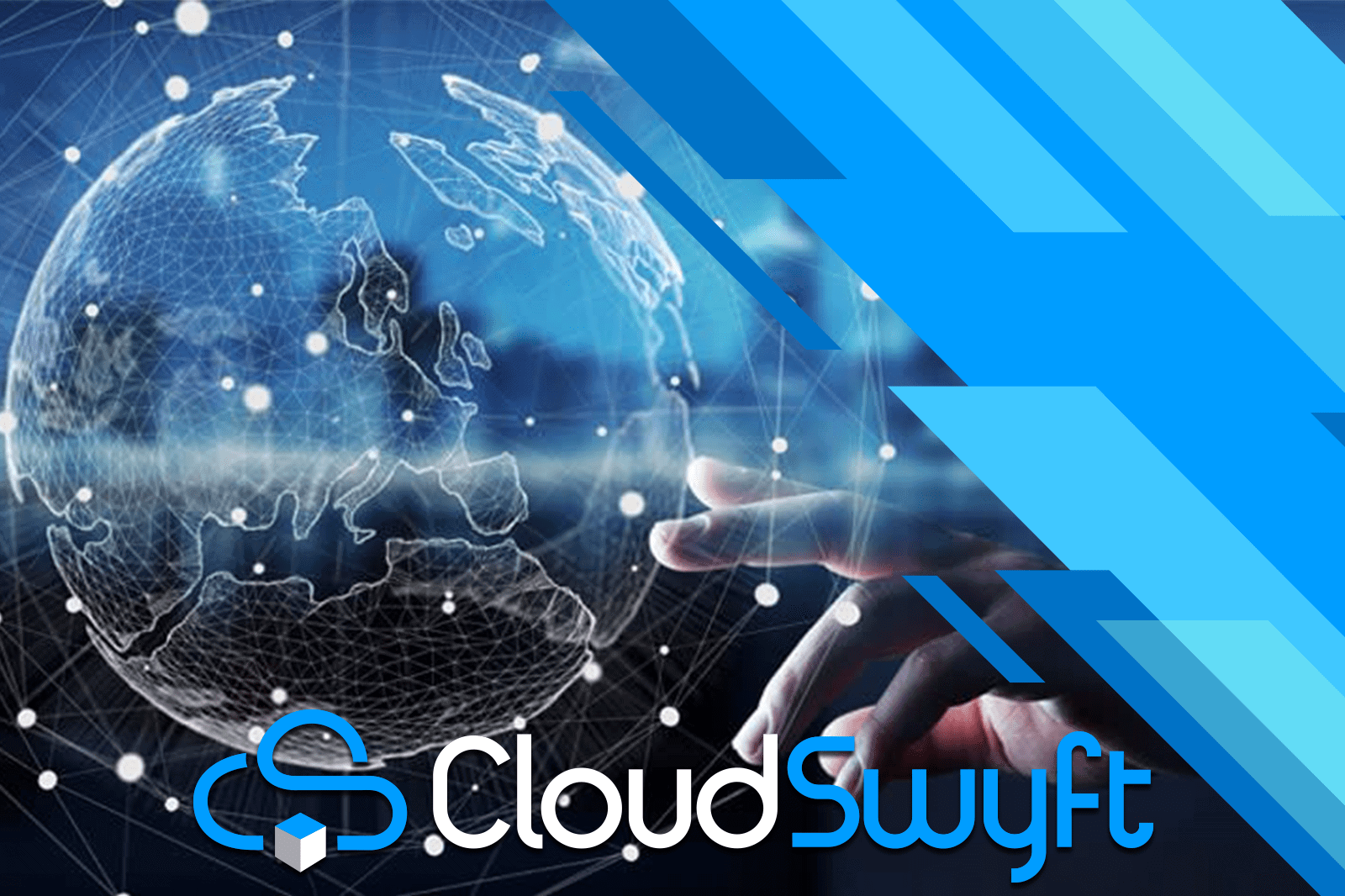About This Course
Are you ready to create data visualization reports that help you to discover hidden trends in your business data? Do you want to get up-to-speed on the latest tools?
This course guides students through a series of lab activities that provide hands-on experience querying and visualizing data. After completing this course, students will be able to construct IoT data visualizations that allow a business to gain insights related to its operations.
The first module examines the characteristics of time series data – how it can be used for analysis and prediction. It specifically walks the student through how IoT telemetry data is typically generated as time series data and techniques for managing and analyzing it with Azure Time Series Insights.
Module two takes a closer look at specific features of Azure Time Series Insights – how it can be used to store, analyze and instantly query massive amounts of time series data.
In the third module, students get a general introduction to using Power BI, with specific emphasis on how Power BI can load, transform and visualize IoT data sets.
In the final module, students will move from using BI with static IoT data sets to working with real time streaming IoT data. Students use Azure Stream Analytics as a data source for Power BI and explore the unique capabilities and insights that provides.
Please Note: Learners who successfully complete this course can earn a CloudSwyft digital certificate and skill badge - these are detailed, secure and blockchain authenticated credentials that profile the knowledge and skills you’ve acquired in this course.
What you'll learn
After completing this course, students will be able to:
- Describe when and why to use the Time Series Insights and Power BI data visualization tools
- Install and configure Time Series Insights
- Connect Time Series Insights with IoT Hub and Event Hub
- Configure data retention and create a reference data set
- Build dashboards and heat maps
- Scale the environment and manage resources using templates
- Transform Data using Power BI Desktop
- Model data using the Power BI Desktop
- Visualize data using the Power BI Desktop
- Create a Dashboard using the Power BI Service
- Configure Organization Packs, Security and Groups
- Get your IoT hub ready for data access by adding a consumer group
- Create, configure, and run a Stream Analytics job for data transfer from your IoT hub to your Power BI account
- Create and publish a Power BI report to visualize the data
Prerequisites
Before starting this course, students should understand the following:
- IoT terminology and business goals
- Data analytics tools and techniques
- Modern software development tools
Course Syllabus
This course is completely lab-based. There are no lectures or required reading sections. All of the learning content that you will need is embedded directly into the labs, right where and when you need it. Introductions to tools and technologies, references to additional content, video demonstrations, and code explanations are all built into the labs.
Some assessment questions will be presented during the labs. These questions will help you to prepare for the final assessment.
The course includes four modules, each of which contains two or more lab activities. The lab outline is provided below.
Module 1: Time Series Data
- Lab 1: Introducing Time Series Insights
- Lab 2: Producing Simulated Data
- Lab 3: Provisioning Time Series Insights
- Lab 4: Analysis with Time Series Insights
Module 2: Visualizing and Querying Data
- Lab 1: Setting Up Data Generation
- Lab 2: Using Time Series Analysis Patterns
- Lab 3: Using Advanced TSI Features
- Lab 4: Managing Time Series Insights
Module 3: Power BI and IoT
- Lab 1: Introducing Power BI
- Lab 2: Transforming Data
- Lab 3: Modeling Data
- Lab 4: Visualizing Data
Module 4: Streaming with Power BI
- Lab 1: Using Power BI with Streaming Data
- Lab 2: Configuring Power BI
- Lab 3: Using Power BI in an IoT architecture
- Lab 4: Sharing Power BI Dashboards
Course Staff
Chris Howd
Engineer and Software Developer
Microsoft
Chris is an engineer and software developer who has been working at Microsoft in various roles for the past 15 years. Before coming to Microsoft, Chris worked for the U.S. Department of Defense designing and developing computer controlled instrumentation and robotic systems, and was a self-employed contractor doing engineering research with NASA and select engineering start-ups.
Rob Collins
Founder and lead consultant
RCP Consultants
Rob Collins is founder and lead consultant at RCP Consultants. He has been working with C# and the .NET Framework since its initial release more than fifteen years ago. He has been delivering software for enterprise customers, the mass market retail chain, mid-market companies, and startups for more than twenty years.
Frequently Asked Questions
Who can take this course?
Unfortunately, learners from one or more of the following countries or regions will not be able to register for this course: Iran, Cuba and the Crimea region of Ukraine. While edX has sought licenses from the U.S. Office of Foreign Assets Control (OFAC) to offer our courses to learners in these countries and regions, the licenses we have received are not broad enough to allow us to offer this course in all locations. EdX truly regrets that U.S. sanctions prevent us from offering all of our courses to everyone, no matter where they live.



